Plant products stimulate appetite, exhibit antibacterial properties
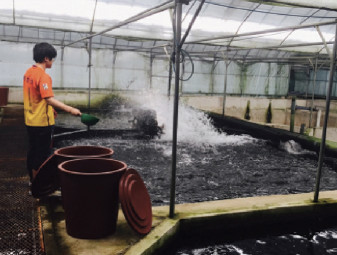
The treatment and prevention of diseases in aquaculture through applications of antibiotics and other chemotherapeutants have been responsible for multiple negative impacts, such as an increase in bacterial-resistant pathogen strains. The presence of chemical residues, particularly from antibiotics, in aquaculture products has also led some consumers to consume less seafood.
However, there still is a need for cost-effective and environmentally friendly feed additives that can improve growth and serve as immune stimulators. Various plant products, including herbs, roots, fruits and seeds, have been reported to stimulate appetite and promote growth, act as immune modulators, and have antibacterial and antiparasitic properties in fish and shellfish.
Yellow Loess, Song-Gang stone powder
Yellow loess is a naturally occurring product that contains silicon dioxide and aluminum oxide as its main constituents. Song-gang stone is a natural mineral substance predominantly comprised of iron oxide. These products have long been used as supplements in livestock diets for their positive effects on animal growth performance as well as immunity.
Farmers in Korea are known to use yellow loess and song-gang stone powder as feed additives. They have reported improved growth, as well as flesh quality in broiler chicks, and enhanced disease resistance in Holstein calves. Yellow loess and song-gang stone have also been used with fish.
Recently, yellow loess was found to improve the growth of Korean rock fish, Sebastes schlegeli. Increased resistance to disease has also been recorded in olive flounders fed diets containing 0.5 percent song-gang stone powder. Inclusion of dietary yellow loess at a level of 0.4 percent was also identified as an alternative to oxytetracycline and amoxicillin use in Japanese eels.
These and other claims by various researchers about the potential benefits of yellow loess and song-gang stone powder as a feed additive triggered the authors’ interest to investigate their effects in rainbow trout, Oncorhynchus mykiss, one of the major commercial freshwater species produced in Korea.
Like other fish species in commercial aquaculture, rainbow trout are usually reared in enclosed spaces, and efforts have been made to increase productivity per unit space. This development has led to overcrowding, which tends to adversely affect the health and performance of the fish.
Feeding trial
The authors conducted a feeding trial over 22 weeks at the Ewhajung fish farm in central Korea to evaluate the use of dietary yellow loess and song-gang stone powder as replacements for oxytetracycline in feeds for rainbow trout. Fish with average initial weights of 261.5 ± 3.5 g were stocked in concrete tanks with recirculation systems and fed 1 percent of their body weights twice a day.
Experimental diets were formulated to contain yellow loess at 0.4 percent of the diet, song-gang stone powder at 0.4 percent of the diet or oxytetracycline at 0.4 percent of the diet. A control diet was prepared with none of these additives.
Temperature, pH and other water quality parameters were kept at optimum levels during the experimental period. Feeding levels were adjusted every two weeks according to the weight gain.
Results
At the end of the feeding trial, fish that were fed the diets containing yellow loess and song-gang stone powder showed better growth performance compared to the control group (Table 1). Significantly (P < 0.05) higher weight gain and specific growth, and better feed conversion were exhibited by these fish.
However, significant differences in these parameters were not observed between fish on the diet containing oxytetracycline and those on the control diet. No significant difference in growth performance was observed among the trout fed the diets containing yellow loess, song-gang stone powder or oxytetracycline.
Protein efficiency ratios were better in the treatments with yellow loess or song-sang stone powder. Survival rates were not affected by the dietary treatments.
| Parameter | Diet: Control | Diet: Song-Gang Stone | Diet: Yellow Loess | Diet: Oxytetracycline | Pooled Standard Error |
|---|---|---|---|---|---|
| Initial wet weight (g) | 258 | 258 | 261 | 259 | 0.01 |
| Final wet weight (g) | 614 | 659 | 666 | 650 | 11.5 |
| Weight gain (%) | 138b | 155a | 155a | 150ab | 4.12 |
| Specific growth rate (%) | 0.73b | 0.79a | 0.79a | 0.77ab | 0.01 |
| Feed efficiency (%) | 53.2b | 60.1a | 60.8a | 58.6ab | 1.73 |
| Protein efficiency ratio | 1.24b | 1.40a | 1.41a | 1.36ab | 0.04 |
| Survival rate (%) | 85.6 | 85.7 | 87.2 | 88.8 | 0.75 |
Authors
-
Dr. S.C. Bai
Department of Marine Bio-Materials and Aquaculture
Feeds and Foods Nutrition Research Center
Pukyong National University
Busan 608-737, Korea[114,107,46,99,97,46,117,110,107,112,64,105,97,98,99,115]
-
Sangeun Kim
Davistone Co. Ltd.
Busan, Korea -
Jungkeug Park
Department of Research Institute of Biotechnology
Dongguk University
Seoul, Korea -
Seunghan Lee, Fasil Taddese, Seonghun Won, Hyeonho Yun
Department of Marine Bio-Materials and Aquaculture
Feeds and Foods Nutrition Research Center
Pukyong National University
Tagged With
Related Posts
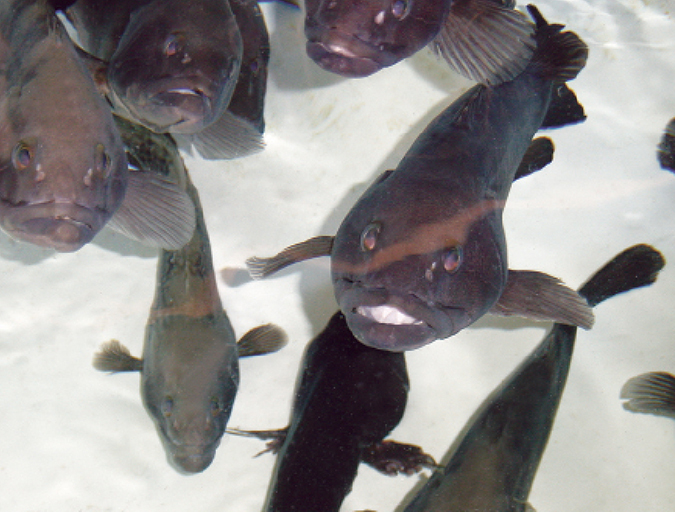
Aquafeeds
Increased density improves grouper feeding response, growth
A growth trial using hatchery-reared grouper was carried out to study the effects of stocking density on feed intake and subsequent growth. Contrary to common perceptions, fish stocked at the highest density had higher feed intake and body weights.
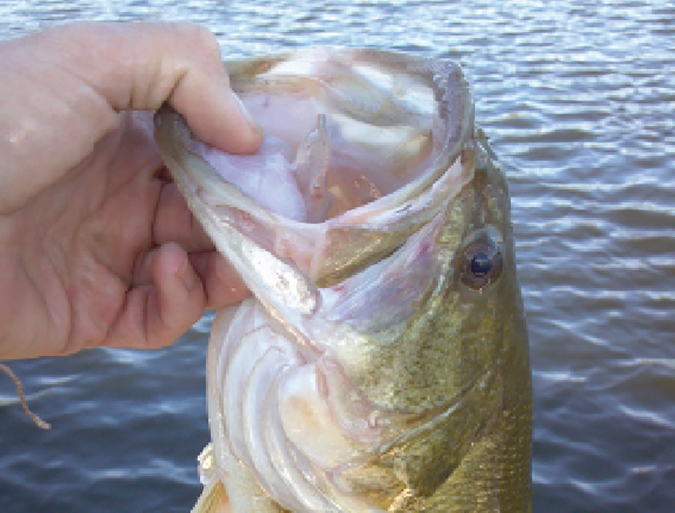
Health & Welfare
Biomass density affects bass production
The production period for largemouth bass in ponds hampers the economic feasibility of pond culture in the United States. A study demonstrated that bass fingerlings could be raised at high densities in a semi-closed recirculating system without serious mortality, size variability or growth retardation.
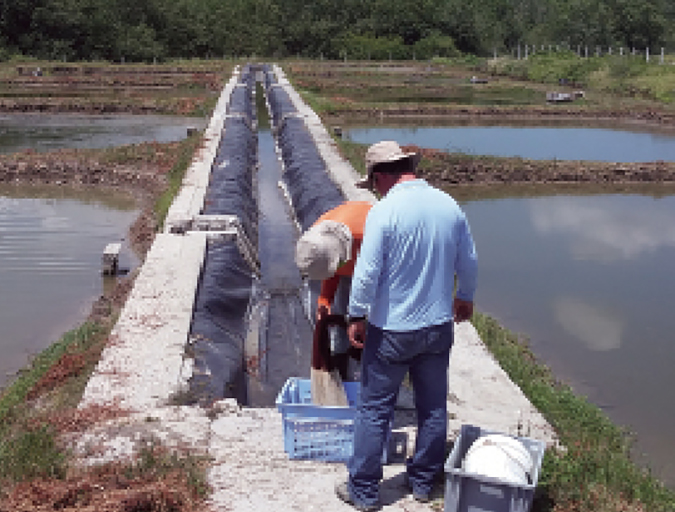
Aquafeeds
Natural feed additive improves shrimp productivity
The digestive systems of shrimp are main entry points for bacterial and viral pathogens, and unfavorable microflora. Natural feed additives that combine different actions have proven effective in improving survival where shrimp are exposed to bacterial pathogens.
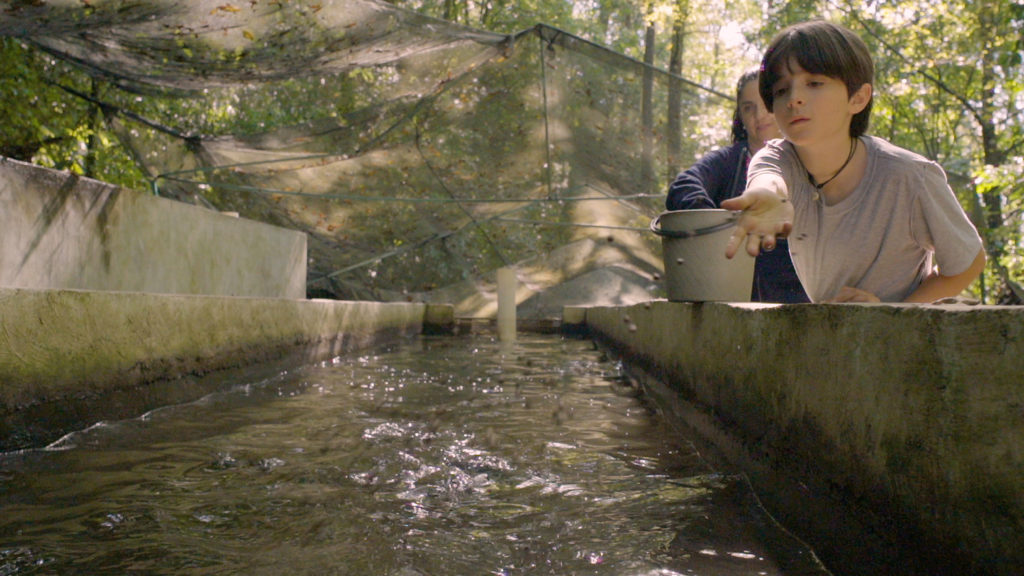
Intelligence
A motive, and a market, for farmed fish in Mexico
Boasting ample areas for aquaculture and a robust domestic demand for seafood – not to mention its close proximity to the U.S. market – a land of opportunity lies in Mexico. Fish farming is primed to meet its potential south of the border.


